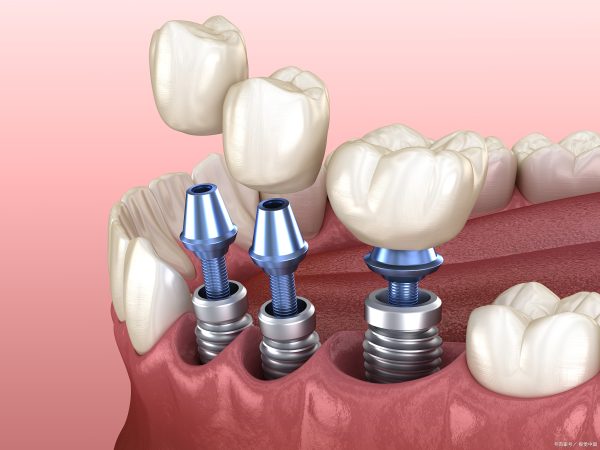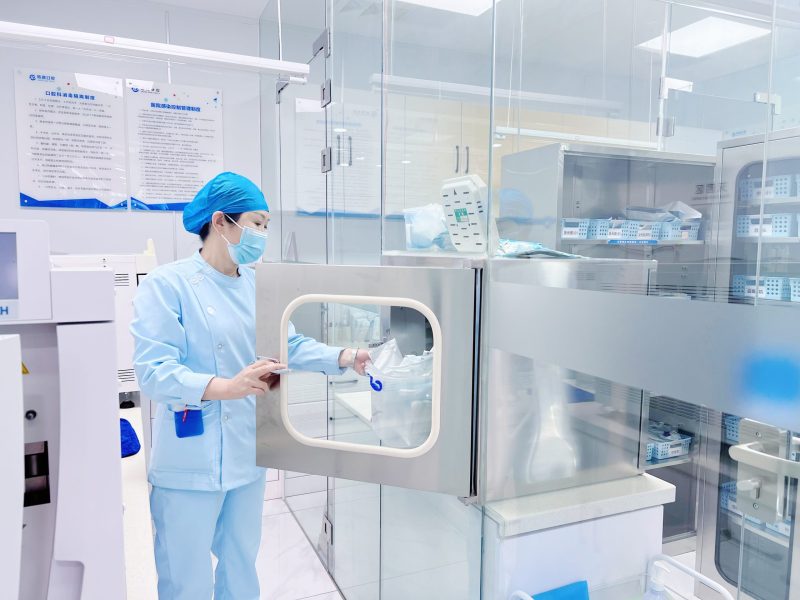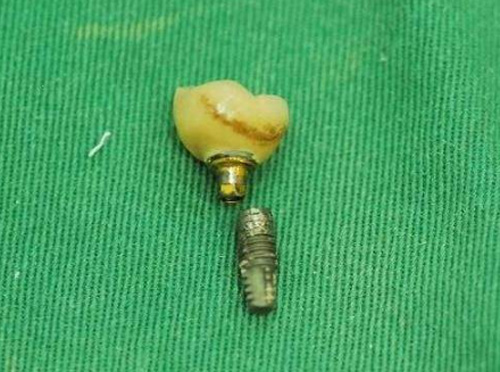Dental implants, a modern dental technology, have brought hope and a chance for a renewed smile to countless patients with missing teeth. However, for many who are about to undergo a dental implant procedure, the most pressing question is: How long does it take for dental implants to heal? This article will delve into the healing process of dental implants and the various factors that affect healing time, providing patients with comprehensive and scientifically sound guidance.

I. The Basic Steps of a Dental Implant Procedure
The dental implant procedure is not a one-step process but rather a series of precise stages. Typically, it can be broken down into the following phases:
- Pre-surgery preparation: This includes oral examinations, overall health evaluations, and CBCT scans (cone beam computed tomography) to assess the condition of the alveolar bone, periodontal health, and whether there are any systemic diseases that might contraindicate implants.
- Surgical Plan Development: Based on the patient’s specific circumstances, the doctor will design the most suitable surgical plan. This involves selecting the type, diameter, and length of the implant and determining the placement and angle for optimal results.
- Surgical Procedure: Under local anesthesia, the doctor will place the implant into the alveolar bone at the missing tooth site. If the bone quality is poor, a bone graft may be needed to increase bone volume. Once the implant is placed, a healing cap or cover screw is installed, and the wound is sutured.
- Post-surgery Healing: After implant placement, the implant needs time to integrate with the bone in a process called osseointegration, which typically takes 3-6 months. During this period, patients must maintain good oral hygiene and avoid external forces on the implant area.
- Crown Restoration: Once osseointegration is stable, the dentist will proceed with the next phase of restoration, such as installing the healing abutment, taking impressions for the implant crown, and finally placing the crown on the implant, completing the process.
II. Factors That Affect Dental Implant Healing Time
Several factors influence the length of the healing process after a dental implant procedure, including:
- Patient’s Overall Health: A patient’s general health is a major factor in healing time. Healthy individuals tend to recover faster, while those with conditions like osteoporosis or diabetes may require longer healing times.
- Oral Environment: Maintaining a clean oral environment significantly impacts the healing of dental implants. Good oral hygiene practices, such as brushing twice daily and rinsing after meals, help reduce the risk of infection and promote faster healing.
- Type and Number of Implants: Different implant techniques and the number of implants affect healing time. For example, immediate implants may shorten the overall treatment time but require excellent bone quality, while multiple implants may take longer to heal.
- Bone Quality: The quality of the patient’s bone is a critical factor in determining healing time. Patients with dense and ample bone typically heal faster, while those with insufficient or poor-quality bone may need a bone graft, which extends the healing period.
- Surgical Skill and Post-operative Care: The expertise of the surgeon and the quality of post-operative care also play a crucial role in healing. Choosing an experienced dentist and following proper post-operative instructions can shorten healing time and increase the success rate.
III. Detailed Stages of the Healing Process
The healing process after dental implants can be divided into the following phases:
- Initial Healing Stage (1-2 weeks post-surgery): This is the primary healing period for the surgical wound. Swelling and pain at the surgical site are common, normal reactions. Patients should maintain oral hygiene, avoid chewing on the affected side, and follow the prescribed medication regimen to prevent infection and manage pain.
- Intermediate Healing Stage (1-3 months post-surgery): During this stage, osseointegration between the implant and bone takes place. Patients should continue to maintain good oral hygiene and avoid using the affected side for chewing. Regular follow-up visits are necessary to monitor the progress of osseointegration.
- Final Healing Stage (3-6 months post-surgery): Once the implant has formed a stable connection with the bone, the dentist will move on to restoration procedures, such as installing the healing abutment and fabricating the implant crown. Patients should continue to follow oral hygiene practices and adhere to regular follow-up care.
- Function Recovery Stage: After the crown restoration is completed, patients will require some time to adjust to their new teeth and restore normal chewing function. The length of this phase varies from person to person, but most patients can gradually return to normal eating and lifestyle habits within a few months after surgery.
IV. How to Promote Dental Implant Healing
To facilitate faster healing, patients can follow these guidelines:
- Maintain Good Oral Hygiene: Brushing twice daily and rinsing after meals helps reduce bacteria in the mouth, lowering the risk of infection. Use a soft-bristled toothbrush to avoid irritating the surgical site.
- Follow a Suitable Diet: In the early post-surgery period, patients should consume soft, easy-to-digest foods like porridge, noodles, and vegetable soups. Avoid hard, hot, or spicy foods that may irritate the wound. As healing progresses, patients can transition back to a regular diet, but should continue to avoid using the implant side for chewing hard foods.
- Timely Follow-up Visits: Regular follow-up visits allow the dentist to monitor the healing process and address any complications early. The dentist will assess gum health, tooth alignment, and make any necessary adjustments.
- Use Medications as Directed: In consultation with the dentist, taking prescribed antibiotics and pain relievers can help alleviate post-surgical symptoms, prevent infection, and promote healing. However, follow the dosage and instructions carefully, and avoid self-medicating.
- Maintain a Positive Attitude: Healing after dental implant surgery is a gradual process. Patients should remain optimistic and patient throughout the recovery period. Staying relaxed, communicating regularly with the dentist, and engaging in light activities can help alleviate stress and anxiety.
V. Conclusion
Dental implant surgery is a complex dental procedure, and its healing time is influenced by various factors. By understanding the basic steps of the procedure, the influencing factors, and the detailed healing process, patients can better manage the journey of dental implants and promote optimal healing. Additionally, maintaining good oral hygiene, following a suitable diet, attending regular follow-ups, using medications appropriately, and maintaining a positive mindset are essential for a successful and speedy recovery.




